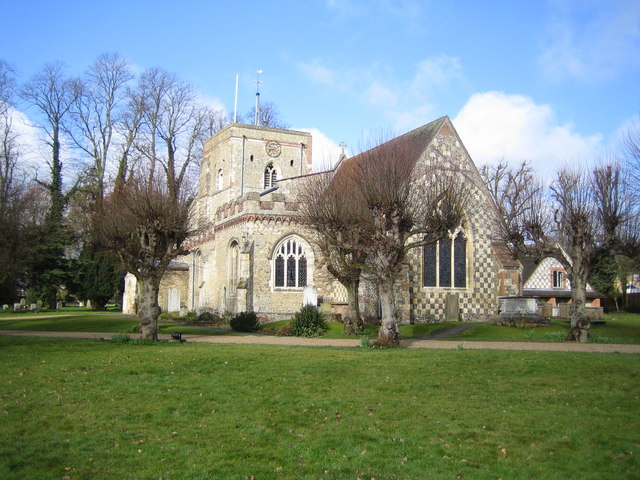
Redbourn
Nestled to the far north-west of St Albans, underneath the neighbouring town of Harpenden, sits the village and civil parish of Redbourn within Hertfordshire. An ancient civil parish, Redbourn benefits from its countryside vistas and relative commutability, with Harpenden station being approximately 10 minutes away. Historically an agricultural community; this locale is known for its vast country manor-houses, barn conversions, and detached character properties boasting significant acerage. Owing to this pastoral landscape and large-scale properties on offer, housing prices are often high, with many properties selling in excess of £700,000, with some properties even selling for over £1.7 million!
Similar to many areas in the surrounding St Albans locale; Redbourn has ancient and historic origins. The village itself has been constantly settled since the Saxon era, and the village is recorded in the 1086 Domesday Book for William the Conquerer. Although, ample archaeological evidence excavated from the nearby Aubreys Fort dates from the Iron Age, meaning that occupation of the area could be somewhere between 1200 BC – 550 BC! The parish church, St Mary’s, reflects this historied legacy of Redbourn. The parish itself is dated from the 12th century, with the oldest parts of the church building still standing today. Nowadays it is a Grade I listed building, and in 2011 celebrated its 900 year birthday!

Although an ancient countryside locale known for agricultural enterprise most notably watercress farming; Redbourn was also famous for industrious businesses. Several factory-led operations; including silk-throwing, jam-making, and straw- plaitting were employed in the local area!
Redbourn’s locale is firmly situated within the swathes of Green Belt Land that dominate the north of St Albans. Therefore, developmental projects in the area are often slow, and met with local resistance. Resident’s are usually opposed to large-scale housing developments that disrupt the local character of the Redbourn locale; however they responded positively to housing that added to the open-green space afforded by Redbourn Common. The Redbourn Neighbourhood Plan 2020-2038 however has identified the need for new housing projects in Redbourn, particularly smaller scale projects for first-time buyers and those looking to ‘downsize’, therefore housing development and land development will soon be very necessary for Redbourn!